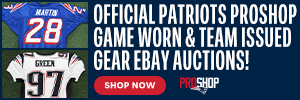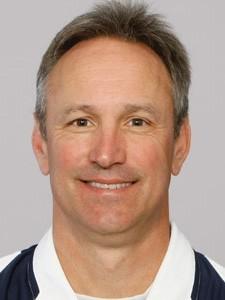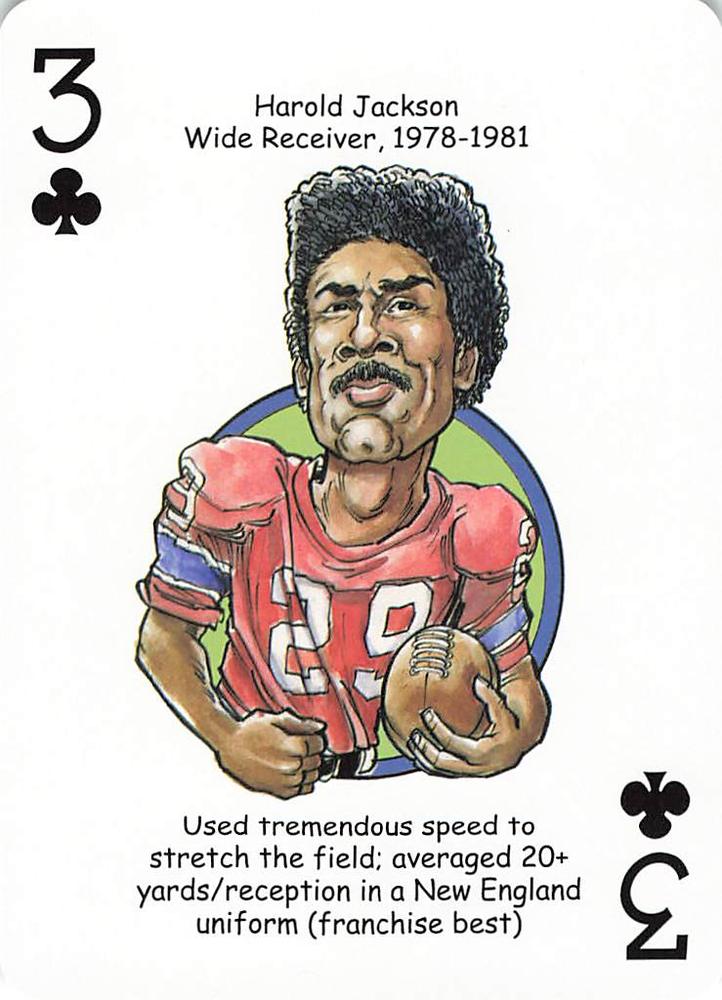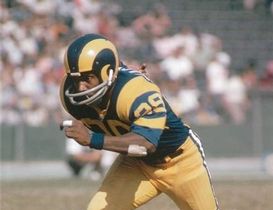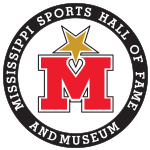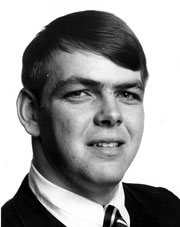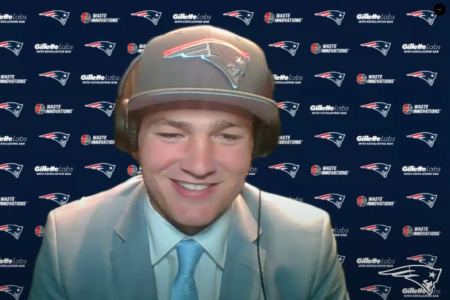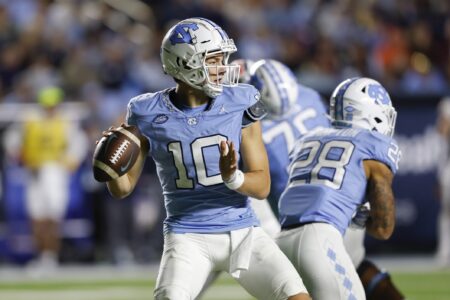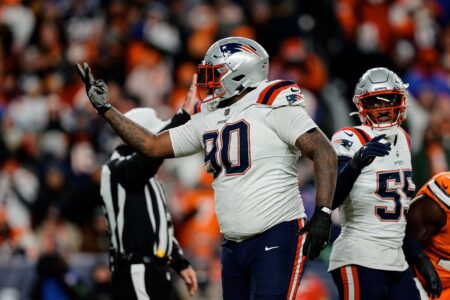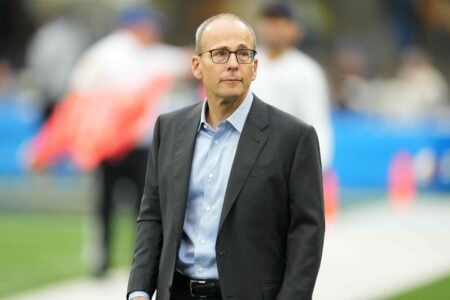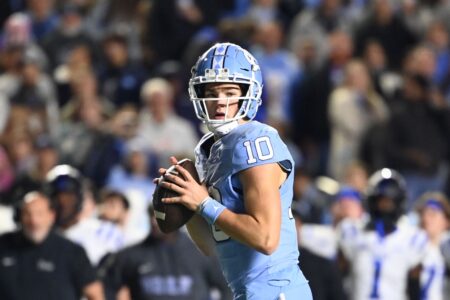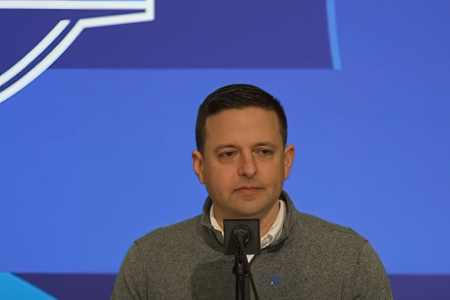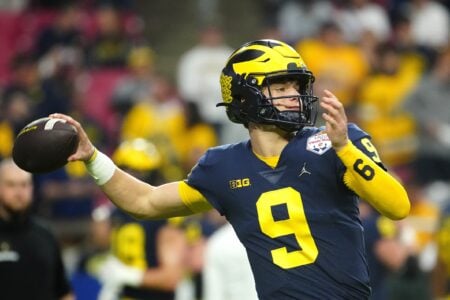- Joined
- Aug 13, 2005
- Messages
- 19,307
- Reaction score
- 12,895
Today in Patriots History
Replacement Players
Replacement Players
Not many Patriot birthdays to celebrate today, but one is a replacement player.
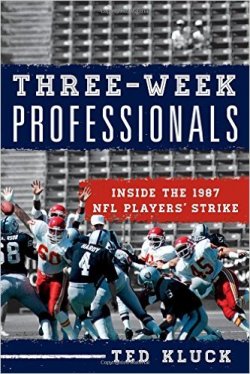
The third week of the 1987 season was cancelled due to the players going on strike, but the owners had a plan in place for week four.
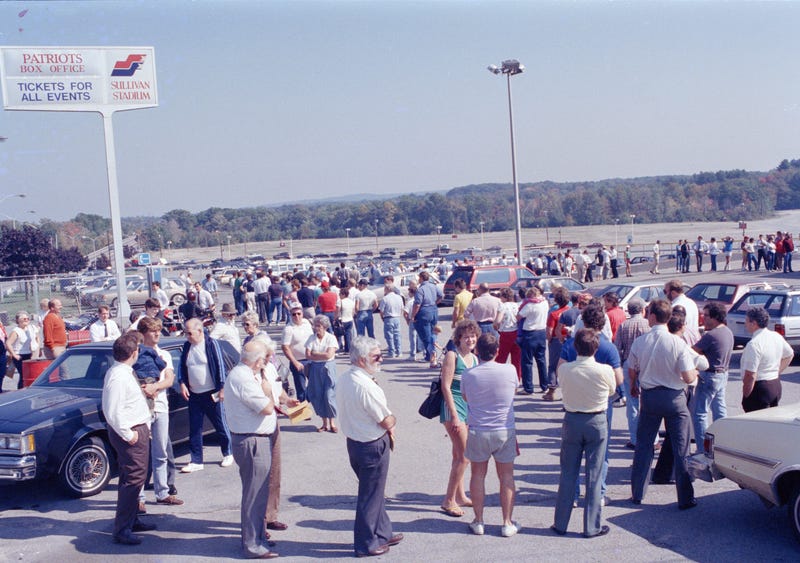
New England Patriots fans wait on line outside old Sullivan Stadium to return their tickets for refunds.
The Pats lost their first replacement game to Cleveland by the score of 20-10.
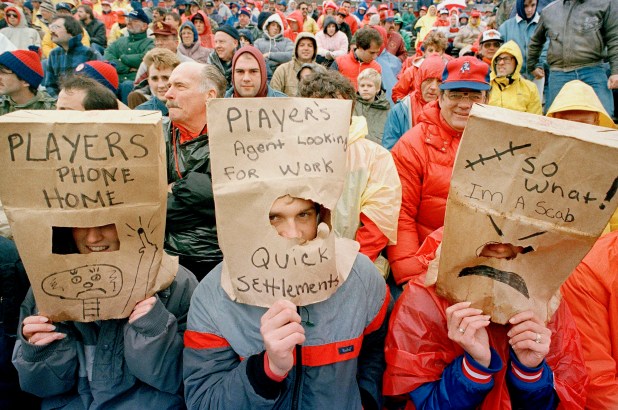
Patriots fans wore bags over their heads as New England and Cleveland replacement teams played Oct. 4, 1987, at Sullivan Stadium.
Game two went much better:
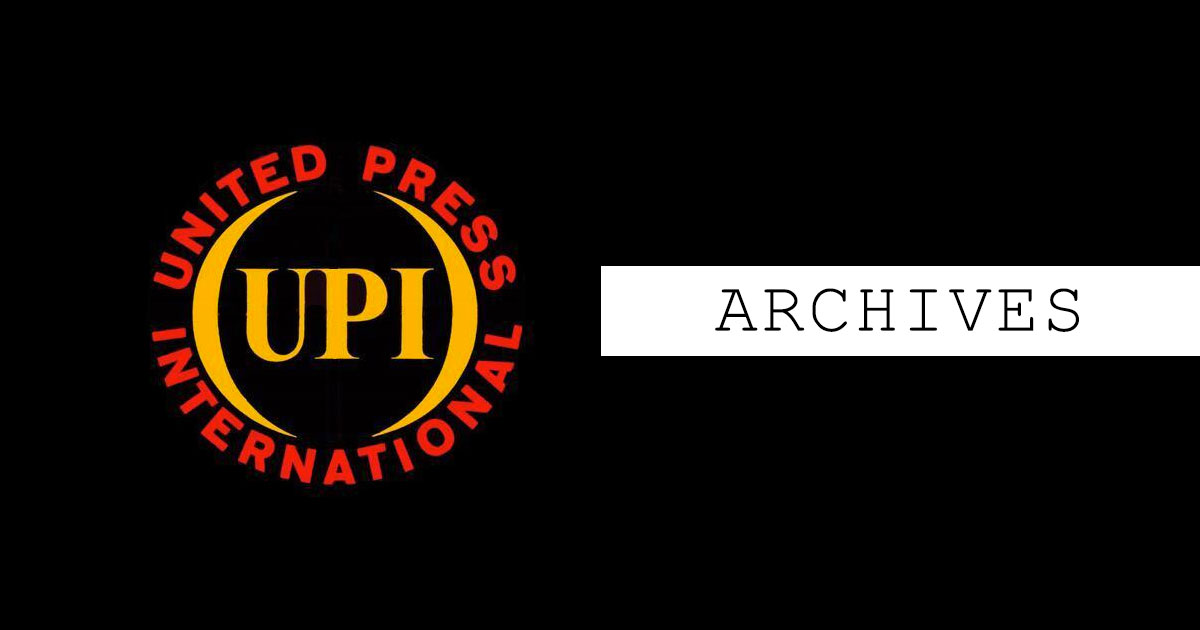
Mike LeBlanc gave the New England Patriots - replacement... - UPI Archives
Mike LeBlanc gave the New England Patriots - replacement players or regulars -- something the club has not had in quite a while: a running game....
 www.upi.com
www.upi.com
The Patriots, who last season became the first team in 20 years to average less than 3 yards a carry, accumulated 213 yards rushing Sunday as New England beat the Buffalo Bills 14-7.
LeBlanc, recently released by Winnipeg of the CFL and signed by the Patriots as a replacement, gained 146 yards on 35 carries.
While LeBlanc was running circles around the Bills before the smallest Sullivan Stadium crowd ever -- 11,878 rain-soaked fans - striking Patriots quietly walked the picket line.
No incidents were reported on the New England picket line outside the stadium during the second week of demonstrations by striking NFL players at games played by replacement players.
LeBlanc keyed a running attack that accumulated the most New England rushing yards since the final game of the 1985 season, the year in which the Patriots used a ground attack to reach the Super Bowl.
By the third replacement game many of the regular players had crossed the picket line.
Foxboro Stadium History - 1987
After making the playoffs for two straight seasons, the Patriots missed out on the postseason in 1987. Inconsistency plagued the team, with their 8-7 record a clear reflection of their mediocre play.
After canceling one week of play, the league opted to continue with teams stocked with replacement players. Several Patriots, including Collins, Clayborn and Tippett, crossed the picket line and joined the motley crew assembled by general manager Patrick Sullivan. New England managed to win two of the three games played during the strike, including a memorable win against the Houston Oilers in the Astrodome.
The Patriots had succeeded in acquiring former Boston College star quarterback Doug Flutie from the Chicago Bears during the strike for only an eighth-round draft choice. Flutie sparked New England to a 23-13 victory over Houston, completing 15-of-25 passes for 199 yards and a touchdown. Though Flutie’s acquisition had merely been intended as a stop-gap measure, his presence on the roster would spark a quarterback controversy that would last the better part of three years in Foxborough.
Some of these articles are very lengthy, but they do give detailed facts (and interesting opinions) on the 1987 NFL strike.
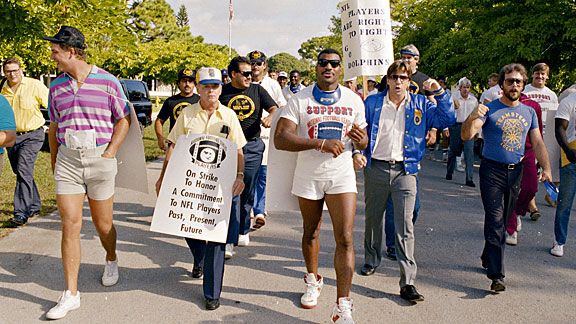
NFL replacements part of history
A whole generation of fans doesn't know about them, or why asterisks appear alongside their names on the 1987 NFL rosters. But to the replacements, it doesn't matter. They're part of history.
"Those players kind of considered themselves a cult, almost," said Brandt, a former Cowboys exec who's now an analyst for NFL.com. "Four or five of them got together and bought a used car for 500 bucks so they had transportation. They were a self-reliant group is what they were. I think the hardest thing they had to do was find a coat and tie to wear on an away game when we went to play the Jets.
"It was refreshing. There were so many interesting, refreshing things that happened that year."
So many stories. Like the time receiver Cornell Burbage reached into the stands during a road game at New York, grabbed a package and placed it under the bench. It was a box of laundry Burbage's sister had washed for him. He couldn't afford to have his clothes cleaned at the hotel.
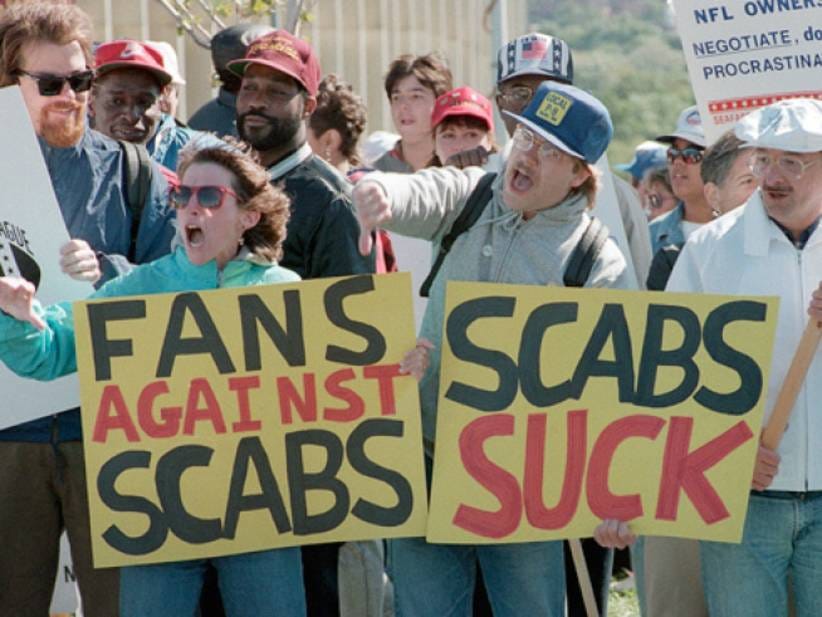
On This Date in Sports October 4, 1987
In collaboration with the Sportsecyclopedia.comAfter the cancellation of Week 3 due to a player’s strike, the NFL season resumes with replacement players. The NFL Players’ Association were fighting fo...
The replacement rosters were full of players who were cut in training camp and played in the USFL and CFL. Though cracks began forming in the union right away, as 15% of the NFL crossed the picket line to play with the scabs. Among the players who crossed the picket line were Howie Long of the Los Angeles Raiders, Tony Dorsett, and Randy White each from the Dallas Cowboys, Mark Gastineau of the New York Jets, Doug Flutie of the New England Patriots, Steve Largent of the Seattle Seahawks and Joe Montana of the San Francisco 49ers. Despite their presence, the fan reaction to the scab games was overwhelmingly negative as most games had less than 10,000 fans per game. Nowhere was the reaction worse than in Philadelphia where the Teamsters and fans joined the NFLPA on the picket line and drove around Veteran’s Stadium honking their horns, as less than 5,000 fans attended the Eagles game against the Chicago Bears.
With some teams having players cross the picket lines and other teams being made up completely of replacement players some of the games were incredibly lopsided.
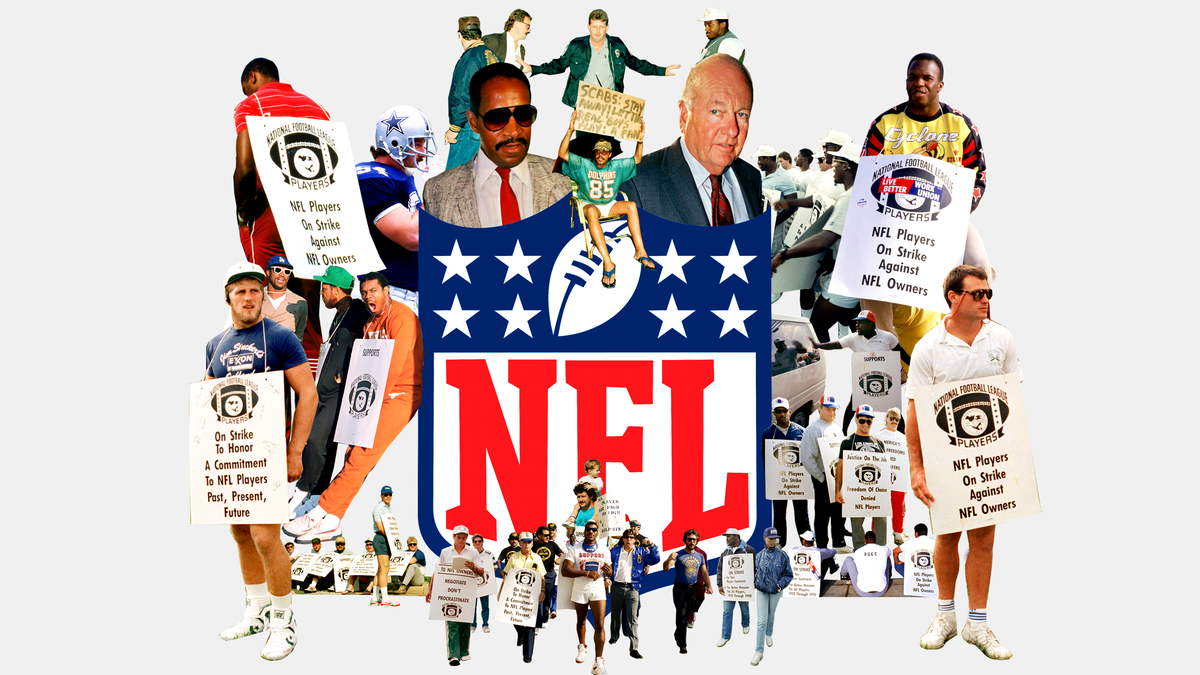
The 1987 NFL Players Strike Created The Modern NFL
The darkest day in NFL history began with several Philadelphia Eagles players arriving at Veterans Stadium at midnight, some 13 hours before the scheduled kickoff of a game against the Chicago Bears. They weren’t there to play; they were there precisely not to play. More specifically, they were...
 deadspin.com
deadspin.com
As the CBA talks broke down that year, a quote that to this day is widely attributed to Dallas Cowboys president Tex Schramm started making the rounds. “You guys are cattle and we’re the ranchers,” Schramm supposedly told NFLPA executive director Gene Upshaw during a late-stage bargaining session in September 1987. “And ranchers can always get more cattle.”
And that sentiment—that the players were fungible, disposable, and not entitled even to the modicum of agency they had—was impossible to miss. The explanation of the owners’ tactics was left to Hugh Culverhouse of the Tampa Bay Buccaneers, a notorious skinflint and historically negligent owner. On Culverhouse’s watch, the Bucs once lost at least 10 games in 12 consecutive seasons. He ran the Bucs on such a shoestring that players were reduced to grabbing lunch at a local fast-food drive-thru after taping up for practice. Yet when it came to replacing striking players with scabs, Culverhouse uttered a line that to this day remains the league’s failsafe when it wants assert its power over the players: “It’s in the best interests of protecting the integrity of the game.”
So much of what’s happened since—from players’ inability to secure more guaranteed contracts to the league’s manipulation and denial of the science of brain trauma to the heavy-handedness of the league’s discipline—can be traced to the ’87 strike. It’s hard, drawing the line between then and now, not to view that time as the birth of the modern NFL.
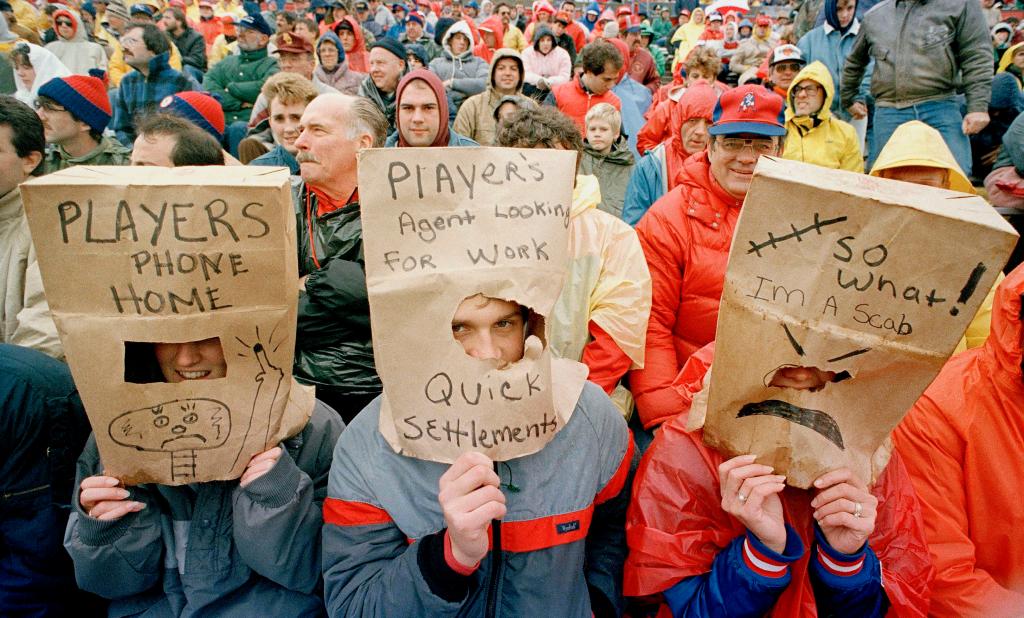
The strike that drained the last bit of innocence from the NFL
OAKLAND, Calif. — You want to know a genuinely underrated moment in the litany of awful moments to be a Jets fan? This one: the evening of Monday, Sept. 21, 1987. The Jets played the Patriots that …
In some ways, it is impossible to explain to folks too young to have cared in 1987 just how devastating the ’87 football strike was. There have been other work stoppages that crushed the masses’ sporting soul. The ’94 baseball strike was long and ugly. The NHL once lost an entire season to a lockout. The NBA has had shortened seasons to accommodate protracted lockouts. All of them bring their own share of collateral damage.
None of them match what happened 30 years ago this month, though. For one thing, the solidarity that had marked prior strikes proved a sad joke in this one: fully 15 percent of the union membership would cross picket lines, including a number of high-profile players, including Lawrence Taylor, including Joe Montana.
That would have been dispiriting enough.
But the NFL’s owners, prepped for war, instituted something they called “replacement players,” something the rest of the world called “scab players,” and the images were awful: buses being attacked, players being egged and then, worst of all, the reality of scab football.
Review of Three-Week Professionals: Inside the 1987 NFL Players Strike | Sport in American History
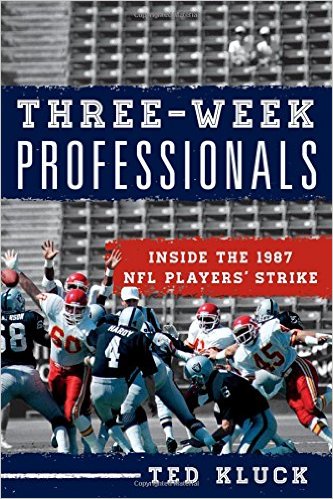
Review of Three-Week Professionals: Inside the 1987 NFL Players’ Strike
Kluck, Ted. Three-Week Professionals: Inside the 1987 NFL Players’ Strike. Lanham, MD: Rowman & Littlefield, 2015. Pp. vii + 157. $25.00 hard cover. Reviewed by Kate Aguilar In August of 2000, …
Chapter three provides insight from former NFL coach Les Steckel, who was an “offensive assistant” for the New England Patriots in 1987 (p. 40). Chapter four captures the experience of wide receiver Larry Linne, who signed on as a replacement player for the New England Patriots and was kept on for the entire season. Chapter five looks at the replacement play of the Los Angeles Rams, a team that welcomed now infamous West Coast rapper Marion “Suge” Knight to suit up.
Through these perspectives and Kluck’s lively breakdown of the replacement games, the work shows how much the league has changed since 1987, impacted by 1980s conversations on labor and ownership, economics and play, branding and image, and health and safety. He reveals how by striking the players both lost and won.
Replacements as a Labor Weapon | Berkeley Law School
In Foxboro, New England Patriots fans were divided amongst strike supporters and ticket holders. Picketers shouted “Shame, shame, shame” while the game attendees shouted “Game, game, game.” Violence, however, was notably absent in Massachusetts.
Owners knew that the fact that the games counted toward the playoff race meant having their superstars cross would give them a huge leg up on the competition (not to mention further break the back of the union). Some owners attempted to do more than simply ask nicely. For William Sullivan, Jr., the owner of the Patriots in 1987, the answer to his problems was to air his grievances directly by appealing to Lin Dawson with a heartfelt letter. The relevant portion of the long rambling letter was its conclusion. Sullivan stated, “I might say that I am not as proud of the Patriots as I once was. Indeed, I am ashamed of them and cannot wait the conclusion of this event to see if I can get someone else to buy the contracts of people who have acted in such an unfair manner.” Dawson, in responding to this perceived threat of future action, got upset and filed a complaint with the NLRB.
Despite a near total loss on almost all counts of the action, the NLRB’s weak enforcement remedies arguably resulted in a win for the league.
Happy 59th birthday to Clay Pickering
Born June 2, 1961 in Jacksonville, Florida
Patriot WR, 1987; uniform #48
The 6'5" Pickering played both football and basketball in college, and was one of four Maine Black Bears to play for the Pats, though it was for a very brief period of time. After being ventroned by the Bears and Bengals for three years, Pickering joined the Patriots for the final strike/replacement player game in '87, with one catch for ten yards.

Jeff Sturgeon scored 19 points and Clay Pickering and... - UPI Archives
Jeff Sturgeon scored 19 points and Clay Pickering and Jeff Cross added 17 each Saturday, enabling Maine to snap a nine-game losing streak with a 69-58 ECAC...
 www.upi.com
www.upi.com
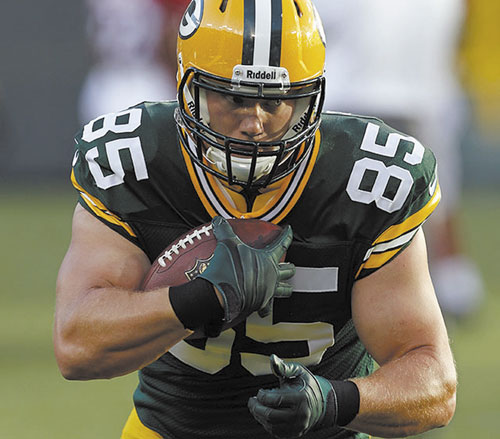
NFL: Patriots sign Maine native Mulligan
A New York Jets jersey signed by Matt Mulligan hangs in the gymnasium at tiny Penobscot Valley High School in Howland, a tribute to the former Howler-turned-NFL player.
PICKERING WANTS HOME ON BEARS
Clay Pickering has had to move 22 times during his life. That`s why Sunday, when he goes home to Cincinnati, he wants to find a home on the Bears . ''They`ve told me to know the plays and be sure I`m ready,'' said Pickering, an ex-Bengal and long-time Ohioan.
articles.chicagotribune.com



